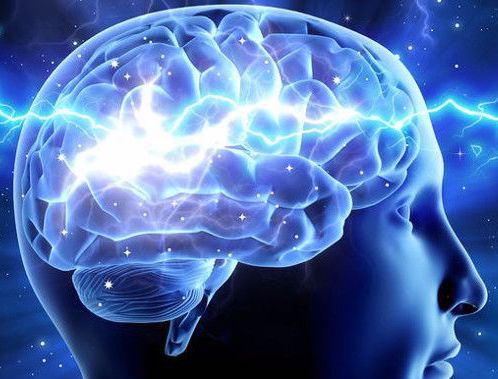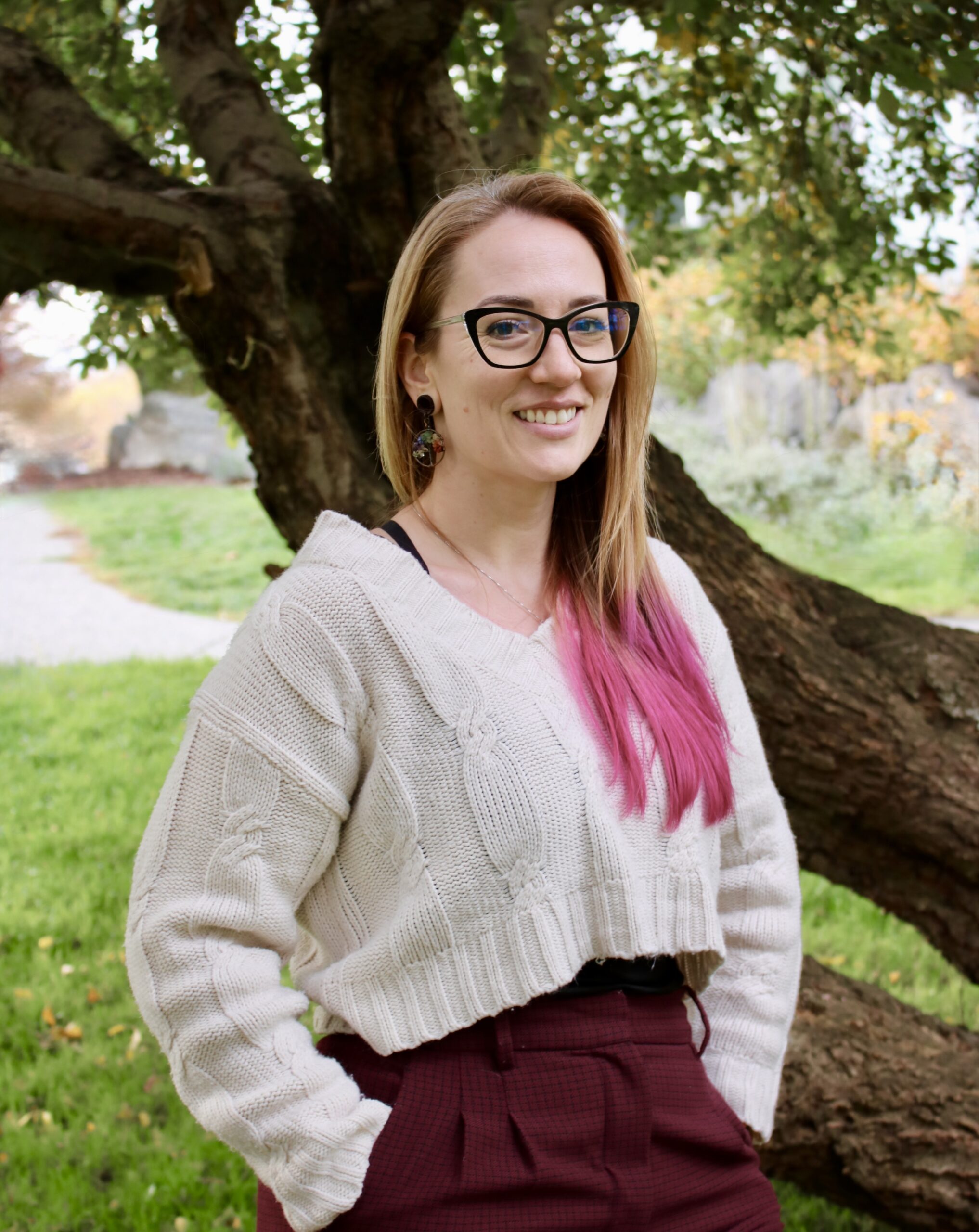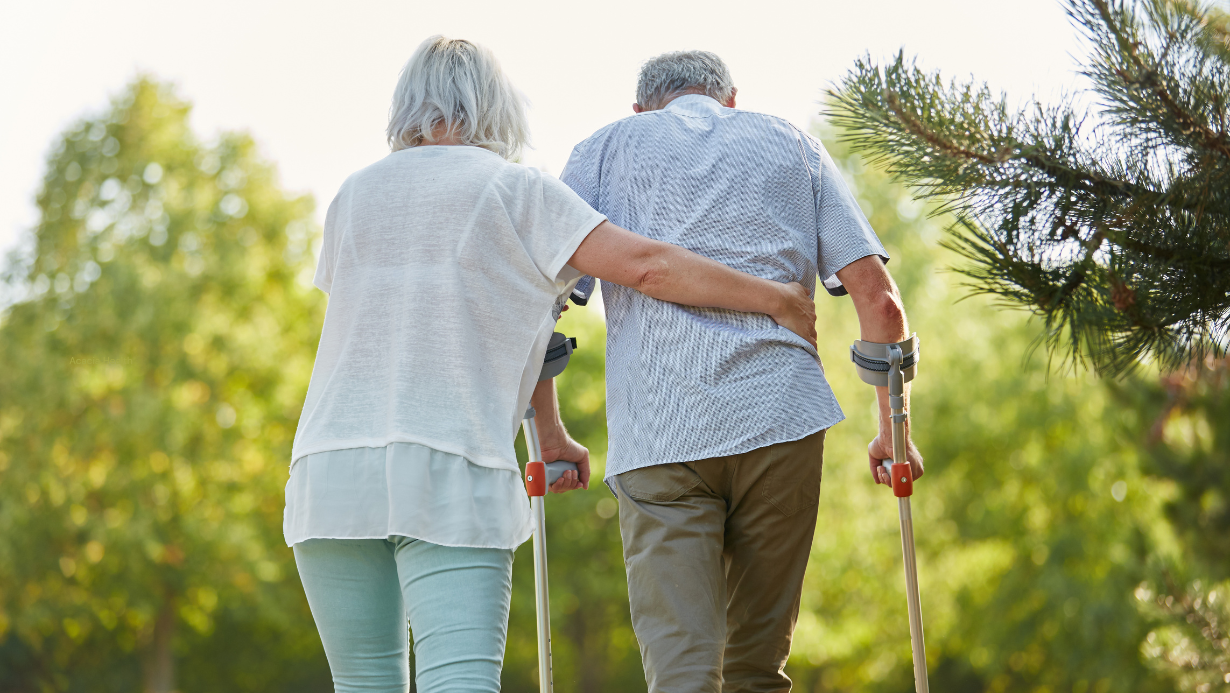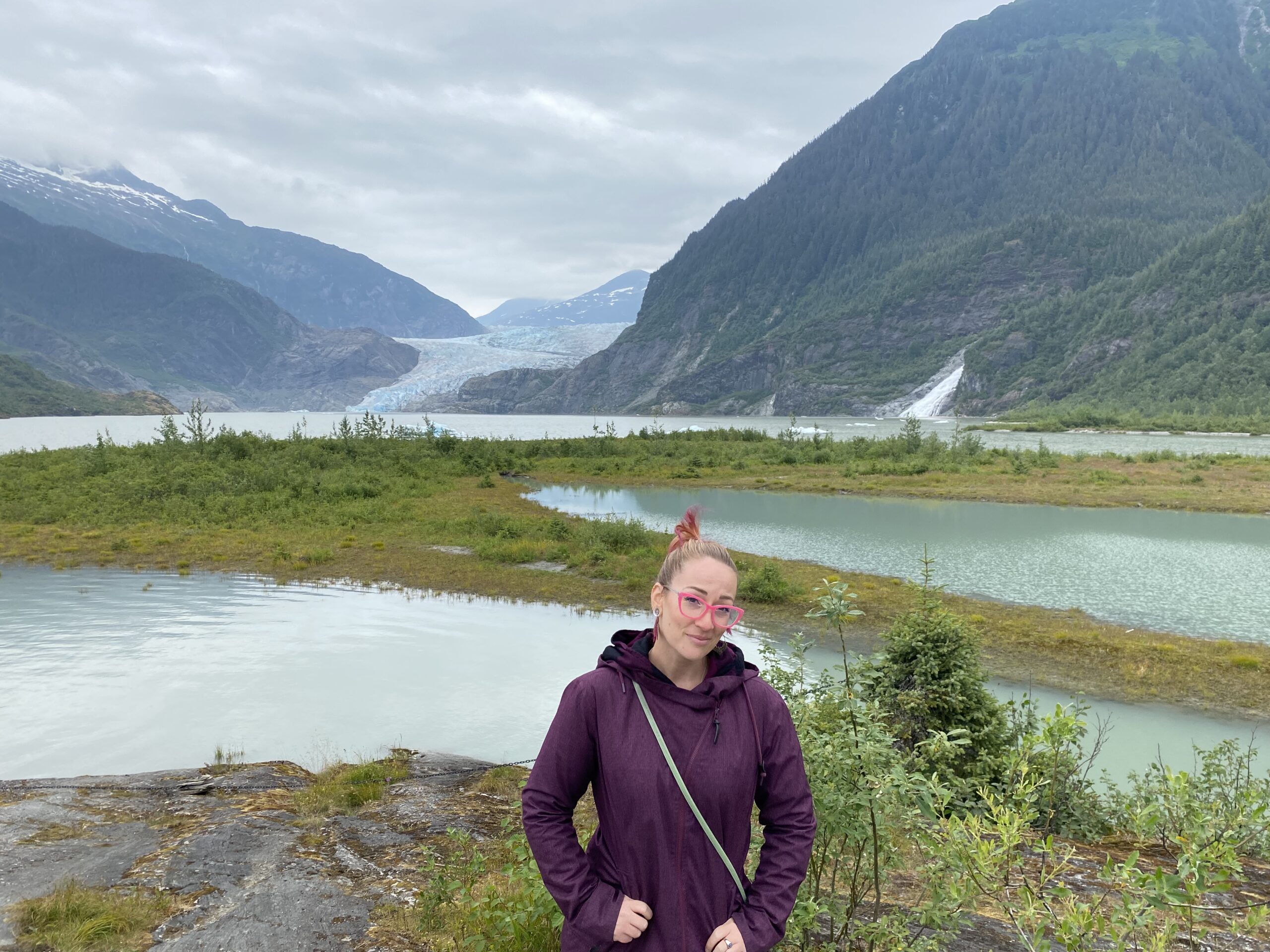“Will Psychedelic Therapy Transform Mental Health Care?”
“Why Microdosing With LSD Isn’t a Fringe Wellness Movement.”
“Are Psychedelics the New Prozac?”
Medical headlines are rarely as sensational as the ones above. So what’s it all about?
Psychedelic therapy involves taking a psychoactive drug under the supervision of a qualified therapist in a clinical setting for a therapeutic goal. And the results from recent small-scale studies involving psychedelic drugs have been impressive. A study published in 2016 found that a single dose of psilocybin (the active agent in magic mushrooms) helped relieve depression in 80% of terminal cancer patients. In another small study, almost 85% of subjects with treatment-resistant PTSD were symptom free after two months of MDMA (Ecstasy)-assisted psychotherapy. Other studies are being conducted to explore the therapeutic potential of LSD, ayahuasca (pronounced eye-o-waska), and ibogaine, to name a few.
It’s surprising to read about these successful trials because we have very little framework for understanding altered states of consciousness (ASC) in our culture. Whereas ASC may play a role in healing rituals or spiritual practice in some traditional and indigenous cultures, in modern western society, they are rarely viewed positively. Anything other than alert, waking consciousness is considered either indulgent (e.g., recreational drugs), a sign of illness (e.g., dissociative disorder), or is simply undervalued (e.g., meditation or sleep.)

Perhaps this interest in psychedelic medicine reflects a growing awareness of the power of human consciousness, and particularly how some ASC can be deeply therapeutic. This can be seen in the recent popularity of mindfulness and meditation. Science has a long way to go before we understand how and why ASC can be therapeutic, but there are many theories. These include:
- Altering gene expression: that some ASC can help turn “good” genes on and “bad” ones off
- Increasing neuroplasticity: that the synchronized brainwaves and biochemistry of ASC make it easier for our brains to learn new, healthy habits
- Resetting the limbic system: that some ASC re-boot the brain, making it easier for all parts of the brain to communicate and work efficiently together. Michael Pollan describes it as “shaking the snowglobe”!
Despite not understanding the exact process, some people believe ASC are part of an innate human drive and must have provided some evolutionary advantage—meaning it’s normal and healthy for us to “shift gears” in our consciousness. From this perspective, addiction or substance abuse are not dismissed as pathology but seen as a normal innate drive that got confused and needs to be redirected. If so, a missing component to addiction treatment could be learning how to access healthy ASC. Interestingly, addiction is another area that psychedelic therapies are making significant progress with.
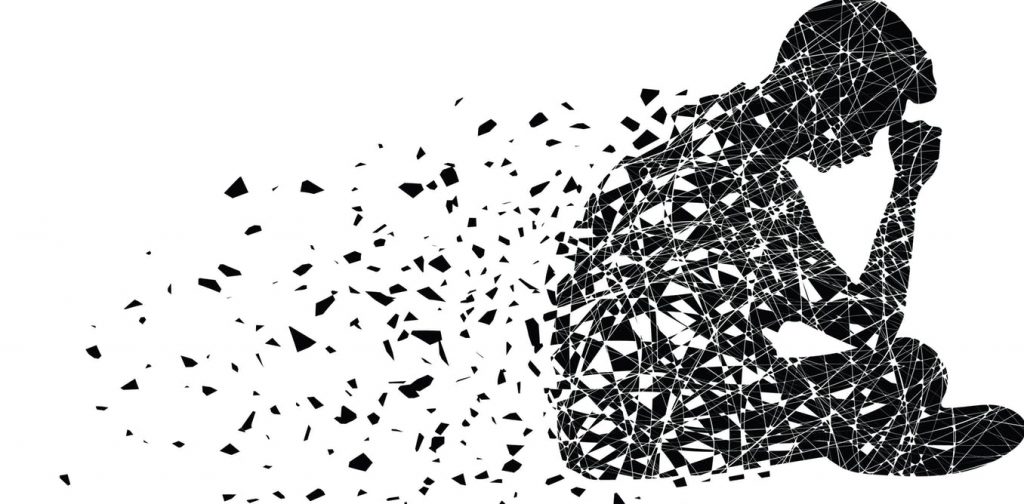
However, psychedelic medicine is not to be taken lightly. All the substances mentioned above are under the Canadian Controlled Drugs and Substances Act and are illegal to possess or use (except for research purposes.) We are years away from such therapies being approved for use. Because they’ve been illegal for so long, there are very few therapists trained to use them safely in clinical work. Having said that, there are forms of therapy that overlap with psychedelic psychotherapy—but without the drugs.
Two drug-free methods that came out of the 1960’s psychedelic research are Holotropic Breathwork and Guided Imagery & Music (GIM). Holotropic Breathwork was developed by Dr. Stanislav Grof, one of the founders of transpersonal psychology. GIM was developed by Dr Helen Bonny, a music therapist who worked with Grof. GIM is like a gentle introduction to “psychedelic” psychotherapy without the physical demand of intense breathwork, or the stress of a psychoactive drug.
I’m looking forward to the results of these ongoing studies on psychedelic therapies. In the meantime, there are many safe, natural ways to achieve ASC – some of which you may already be doing. More on this next time…
This is the first article in a series on human consciousness. In the next newsletters, the themes will be:
2) Altered states everywhere
3) The power of the unconscious mind
If you have questions or want to learn more about Guided Imagery & Music, please email Tracy Lowe, CCC at Acacia Health at tracy@acaciahealth.ca. Tracy is one of two registered counsellors on Vancouver Island certified to practise GIM.
References:
Ezquerra-Romano, I., Lawn, W., Krupitsky, E., & Morgan, C. J. A. (2018). Ketamine for the treatment of addiction: Evidence and potential mechanisms. Neuropharmacology
Griffiths, R. R., Johnson, M. W., Carducci, M. A., Umbricht, A., Richards, W. A., Richards, B. D., Cosimano, M. P., & Klinedinst, M. A. (2016). Psilocybin produces substantial and sustained decreases in depression and anxiety in patients with life-threatening cancer: A randomized double-blind trial. Journal of Psychopharmacology (Oxford, England), 30(12), 1181–1197.
Pollan, M. (2018). How to change your mind: What the new science of psychedelics teaches us about consciousness, dying, addiction, depression, and transcendence. New York: Penguin Press.
Rossi, E. L. (2002). The psychobiology of gene expression: Neuroscience and neurogenesis in hypnosis and the healing arts. New York: W.W. Norton & Co.
Sessa, B. (2017). MDMA and PTSD treatment. Neuroscience Letters, 649, 176-180.
